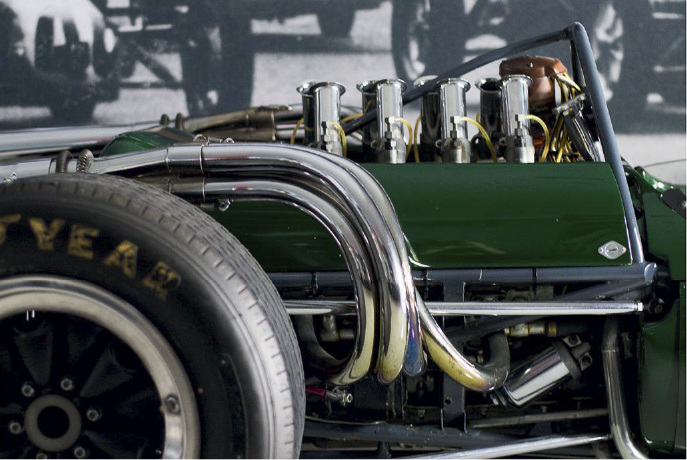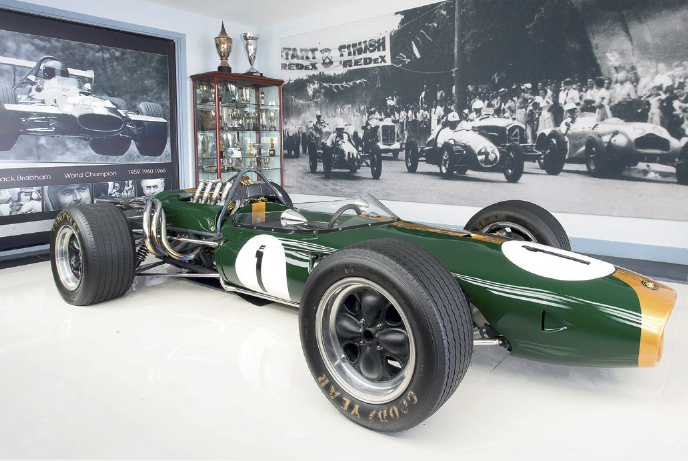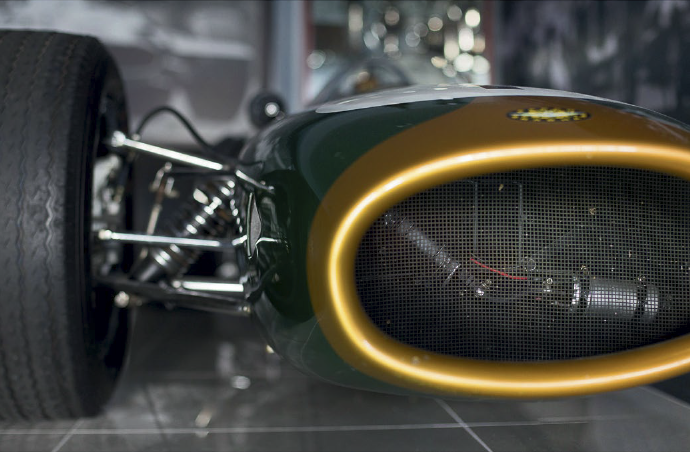Brabham’s Car Designer, Ron Tauranac
When he was a child, Ron Tauranac, who would become one of the most successful designers of production racing cars in the history of motorsport, built a canoe from pieces of scrap iron.

“I remember it was towards the end of primary school,” recalls Tauranac, now 91 years of age. “I turned up the ends of the corrugated iron, added ti-tree branches for the bows and a butter box for decking. I found that flattening the bottom made it more stable, then I added a sail. I used trial and error to test and evolve, making improvements each time.”
Test and evolve
Test and evolve would become hallmarks of Tauranac’s approach. “When I was 14, we were staying with friends whose son had a billycart with two iron wheels and two rubber. I found by putting the iron wheels on one side I could improve the cornering. I was self-taught in everything, always looking for ways to make things work better. The qualifications came afterwards.
“Later I started doing up road cars and selling them, then one day on a drive to the Blue Mountains I passed an airstrip where cars were racing. That gave me the idea to go racing. By 1950 I’d built my first car, which I called a RALT, using my and my brother Austin’s initials.”
Partnered with Jack Brabham
During the 1950s Tauranac became friends with future racing car legend Jack Brabham. Invited to England as Brabham’s business partner in the 1960s, Tauranac brought his design and business skills to the team. “Jack did the finding of production parts and worked with the mechanics,” he says. “I did the drawing and managed the workshop.
“All I wanted to do was win, to build cars that would beat the opposition. Otherwise people wouldn’t buy my cars. Our major income was from car sales around the world, so I built cars that were easy to maintain.
Simple to understand
“The most important adjustments at a circuit are camber and toe-in. My steering and suspension design meant adjusting one setting didn’t require making other adjustments. I made it very simple to understand and adjust so people wouldn’t screw up.
“That’s also why I stayed with tubular space frame construction into the late 1960s when people like Colin Chapman at Lotus began using monocoque chassis. If a car had an accident with a tube chassis you could take the body off, align things, weld it or put in a new tube wherever you were. With a monocoque you had no choice but to send it back to the manufacturer.
“Because of this, Chapman had to go back to tube for his production racing cars that he sold to customers, while he did special things to his works cars that made it easier for him to win championships. Whereas, we always sold exactly the same cars as our works cars to customers.
“I designed the ultimate car but built production cars that would be good enough to win, otherwise all your ideas would go at once. Then I would evolve the car to try to stay ahead the next year.”
BT19
The Repco Brabham BT19 (for Brabham Tauranac model 19) built for the 1966 Formula One season epitomised Tauranac’s design philosophy. With its reliable Repco V8 engine, it took Jack Brabham to the Drivers Championship, while the team’s performance also delivered the coveted Constructors title.
 It was no fluke. The team took out the Constructors Championship again in 1967, with Denny Hulme winning the Drivers Championship.
It was no fluke. The team took out the Constructors Championship again in 1967, with Denny Hulme winning the Drivers Championship.
Tauranac’s cars continued to sell widely and win championships in open wheeler racing around the world into the 1990s with his reborn RALT models.
Story: Tony Lupton
Photos: Quentin Jones and Shannon Morris
Published: RoyalAuto October 2016


